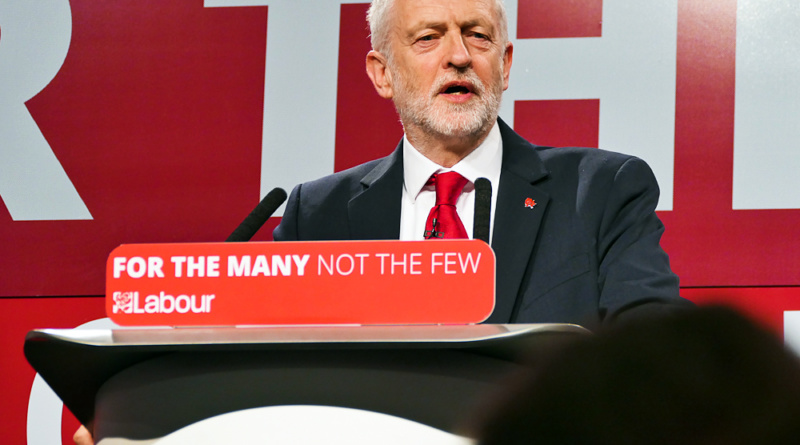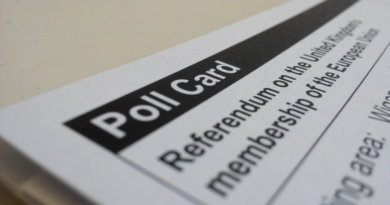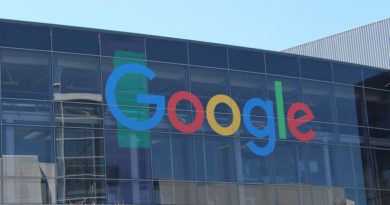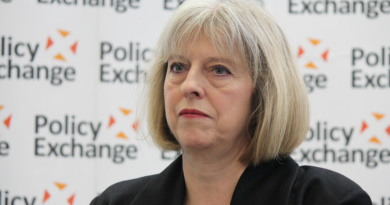Understanding Labour’s ‘Youthquake’
Paul Whiteley, University of Essex and Harold D Clarke, University of Texas at Dallas
The result of the June 8 general election has been widely described as a “youthquake”. According to this popular narrative, the votes of millions of young people were responsible for Labour’s surprisingly strong showing and the accompanying failure of the Conservatives to secure a widely anticipated majority government. The story has much to recommend it.
Data gathered in our Essex Continuous Monitoring Survey (ECMS) show that 63% of voters between 18 and 29 voted Labour. That dropped to just 23% for voters over 65.
This pattern, also documented in other post-election surveys, is important because turnout among young people in 2017 was much greater than in had been in the preceding general election in 2015. Our estimates indicate that only 42% of those under 30 voted in 2015 but that 61% did in 2017. The turnout surge among the young had a major payoff for Labour. The probability that Labour would win a constituency (expressed from 0 to 1 with 1 representing a certainty) climbed from 0.10 to 0.69 as the percentage of residents in the constituency under 30 increased. In contrast, the probability that the Conservatives would win fell from 0.89 to only 0.07. Labour clearly benefited handsomely from young people’s support in 2017.

Author provided
Why did youth rally so strongly to Labour? Evidence from our ECMS pre- and post-election surveys helps answer this question. Some observers have speculated that young people were attracted to Labour on the issues, especially Brexit and education. We do know that a large majority of young people voted Remain in the EU referendum. Labour’s election manifesto pledge to abolish university tuition fees presumably also had a powerful appeal among youth.
The ECMS survey shows that those under 30 years of age were indeed more likely than older people to mention education as one of the top three most important issues to them. But that’s not to say an overwhelming majority of them did so. In fact, only 23% of them cited education in their top three. And the percentage citing Brexit as a top three issue was actually greater among older people than younger ones.
More generally, except for immigration and the environment, the mix of issues identified as especially important was quite similar across all age categories, with Brexit and the NHS being the most widely cited by all groups. And, no matter what issue was at the top of their list, young people tended to think Labour was best able to handle it.

Author provided
A second explanation for Labour’s appeal among young people concerns party leaders. Leader images have strong effects on voters and the ECMS data reveal that Jeremy Corbyn was much more warmly received among young people than Theresa May. The percentage of ECMS respondents scoring Corbyn 6 or more on a 0 (dislike) to 10 (like) scale falls from 58% among those under 30 to 24% among those 65 or older.
Similar patterns emerge when voters were asked about leaders’ traits. Young people were much more likely than older ones to see Corbyn as competent, caring, trustworthy and strong. Young people also were much more likely to have negative perceptions of May’s leadership traits and to indicate that they did not regard her positively. Echoing Bernie Sander’s strong appeal among young people in the Democratic primaries in the 2016 US presidential election, Corbyn’s appeal to British youth was massive in 2017.
The importance of these patterns is confirmed when we conduct statistical analyses that control for a wide range of factors affecting voting. As is typical in such analyses, judgements about party performance on key issues and images of the party leaders have very strong effects on voters’ decisions to opt for Labour versus the Conservatives. And as we’ve seen, issue judgements and leader images differed widely across age groups in 2017, giving Labour a strong advantage among young people.
In fully 34,944 separate analyses with controls for several predictors traditionally used in voting studies (partisanship, education, gender, country/region of residence and social class) membership in the 18 to 29 age group always has a significant direct or indirect effect on the likelihood of voting Labour. The party’s appeal to youth in 2017 was powerful and multifaceted.
Labour for life?
Relationships between age and voting behaviour at any point in time are ambiguous. It may be that we are witnessing the emergence of distinct “political generation” and, as they age, today’s youth will continue to support Labour strongly in future elections. However, it may be that Labour’s youthquake was what social scientists call a “period effect” specific to the 2017 election.
Although we cannot be sure, there is circumstantial evidence in favour of the latter interpretation. Most of the 18 to 29-year-olds analysed here were eligible to vote in the 2015 general election. As observed above, far fewer of them went to the polls and, of those that did, only 37% voted Labour. The party’s attractiveness to young people changed markedly in only two years.
Why? Numerous observers have emphasised the sharp contrast in the campaigns mounted by two major parties in 2017. Labour’s campaign was characterised by appealing manifesto pledges, positive packaging and innovative social media techniques for reaching voters – particularly young people. Corbyn showed that he was an adept retail politician, capable of parrying Conservative attacks on his competence and character with surprising ease.
In sharp contrast, the Conservatives’ manifesto has been widely criticised as a “dark document” that did little to excite young people while frightening their elders with widely publicised threats of dementia taxes and other public service cutbacks. For her part, May demonstrated precious little aptitude for electioneering and failed to make a convincing case that she would provide “strong and stable” leadership as the head of a Conservative majority government.
![]() In the end, the two parties’ contrasting campaigns helped to resurrect the Conservatives’ reputation as “the nasty party” – a term May herself had famously coined 15 years earlier as she appealed to Conservatives to adopt a warmer image. In 2017, it did much to weaken her party’s appeal to a restive electorate fatigued by years of austerity and ready for change. Young people were especially receptive.
In the end, the two parties’ contrasting campaigns helped to resurrect the Conservatives’ reputation as “the nasty party” – a term May herself had famously coined 15 years earlier as she appealed to Conservatives to adopt a warmer image. In 2017, it did much to weaken her party’s appeal to a restive electorate fatigued by years of austerity and ready for change. Young people were especially receptive.
Paul Whiteley, Professor, Department of Government, University of Essex and Harold D Clarke, Ashbel Smith Professor, University of Texas at Dallas
This article was originally published on The Conversation. Read the original article.





